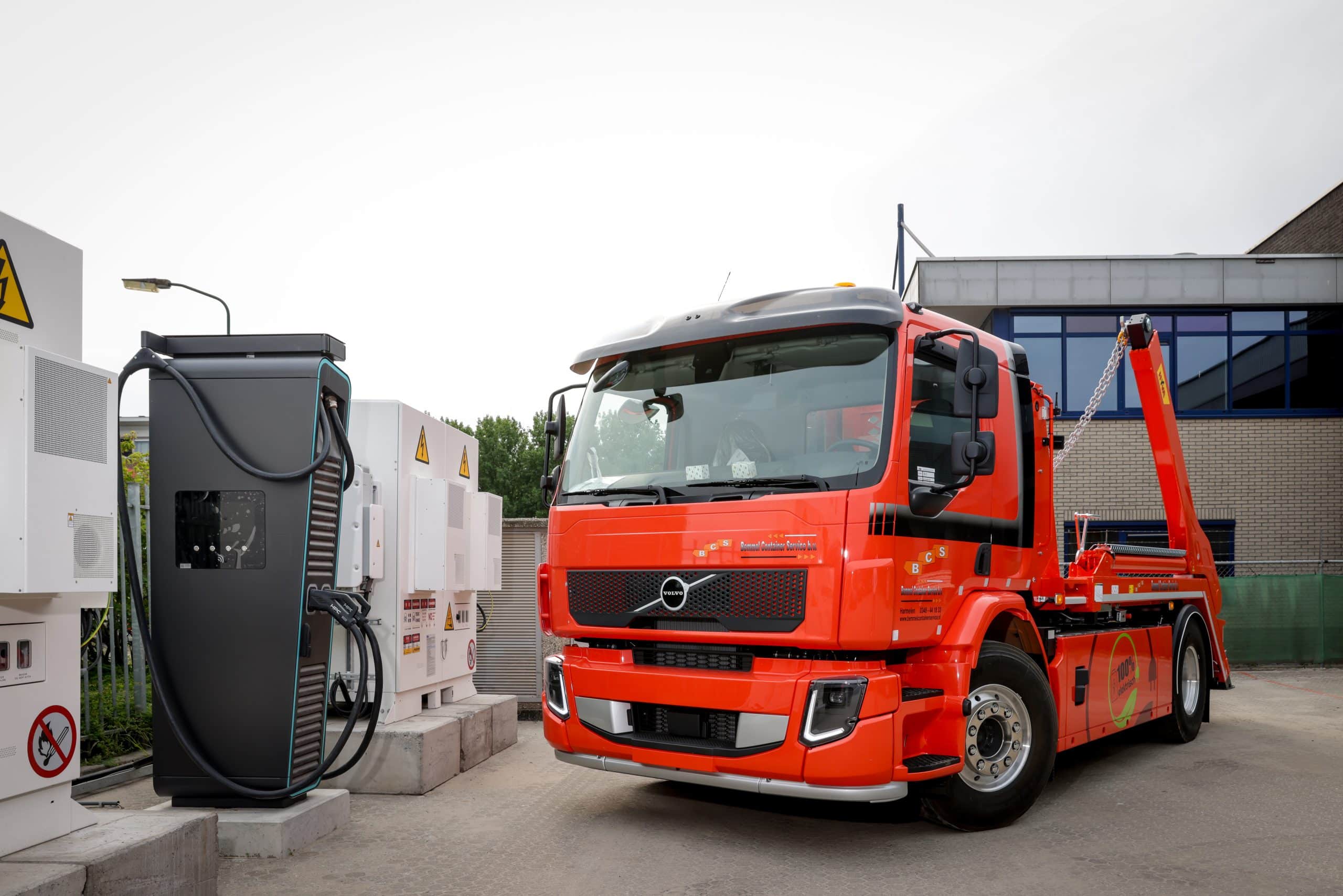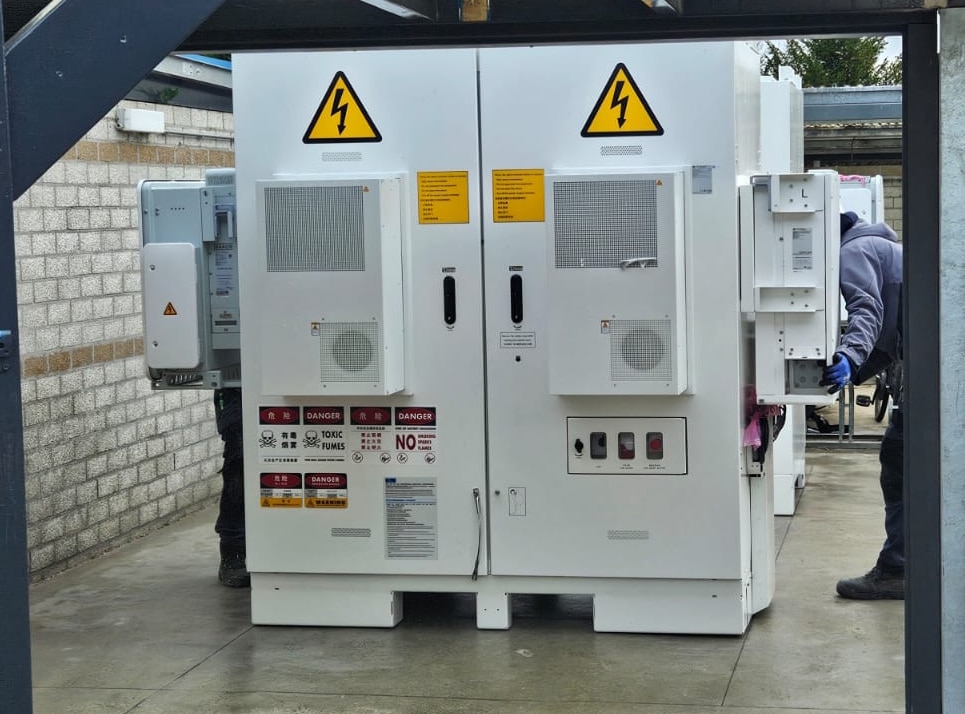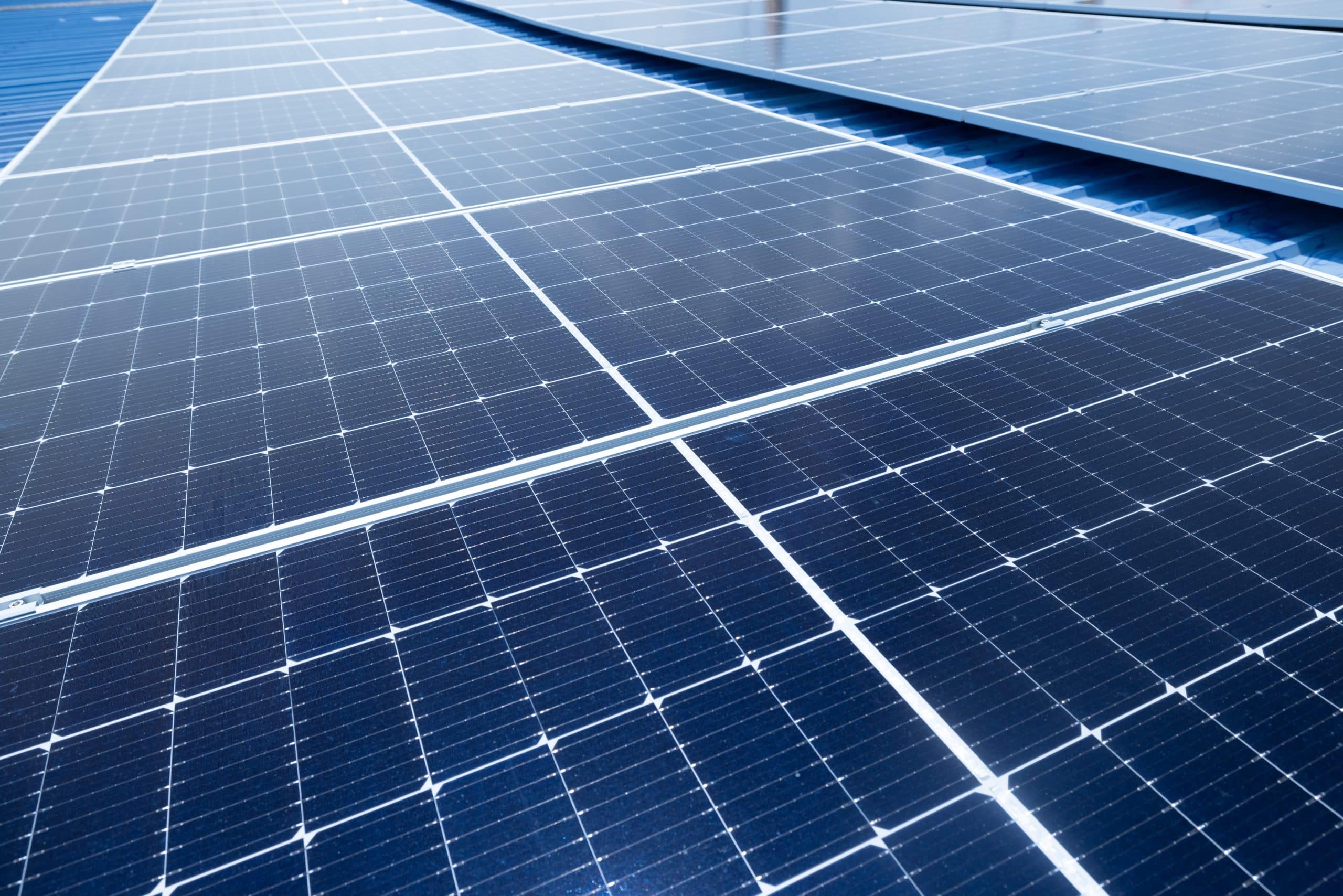Is hydrogen the golden egg for the energy transition?
Our electricity grid is under severe pressure due to increases in both consumption and decentralised generation from renewable sources, such as solar panels and wind turbines.
Grid congestion is hampering the realisation of the sustainable energy transition. The next chapter in the energy transition is therefore entitled: energy storage. Is green hydrogen the golden egg everyone is looking for? "We absolutely see the potential," argues Berend Schols of ProfiNRG. "At the same time, the business case is not yet conclusive."
Renewable energy
Every year, we produce more energy in the Netherlands in the form of wind and solar power. In 2020, 19 per cent of Dutch electricity came from wind turbines and solar panels, recent figures from Agora Energiewende and Ember show. The Netherlands thus showed a 40 per cent increase last year, the largest increase in green power of any European country.
"Such reports sound hopeful and at their core they are," says Berend Schols, Solution Manager Energy Storage & Flexibility at ProfiNRG. "Yet we are increasingly entering the phase where the shore threatens to turn the ship. After all, there are now two major problems for renewable energy: the power grids are filling up AND electricity can only be stored efficiently for short periods of time."
Smart grids
If we as a country want to get rid of natural gas, and not deploy other gas (such as hydrogen), the pressure on the electricity grid will increase much further. "Part of this problem can be solved with 'smart grids', by consuming locally generated energy directly locally as well," Schols explains. "Unfortunately, this is a solution with limitations due to the influence of the seasons. After all, you cannot count on the same yield of solar and wind energy all year round. Also, electricity cannot be stored for long periods, so energy storage in the form of green hydrogen and batteries will take off.
What is green hydrogen?
You can use an electrolyser, which runs on green electricity, to split water (H2O) into hydrogen gas (H2) and oxygen (O2). You let the oxygen evaporate and you can store the hydrogen gas in a tank to keep it longer. Then you can either burn that gas, just like natural gas in a boiler, or convert it - via a fuel cell - back into electricity.
Another potential of green hydrogen, also known as 'renewable hydrogen', is that you can combine the H molecules with, for example, nitrogen (N) to then make ammonia (NH4), which in turn is needed for fertiliser production. Currently, the production of fertiliser releases a lot of CO2 because it is made with grey hydrogen from natural gas. That creates a huge climate burden. With green hydrogen, the CO2 is not released.
Hydrogen new?
Green hydrogen: How promising is this relatively new shoot on the energy tree? Schols: "New? Funnily enough, hydrogen is not that new. Until the 1960s, Amsterdam already had city gas; that was before we switched en masse to natural gas. The nice thing about city gas was that half of it already consisted of hydrogen; in fact, city gas was ahead of its time. Because of city gas, we in the Netherlands have a lot of experience with transporting hydrogen gas through gas pipelines. So it is not new. But it is coming back into the spotlight, because we are looking for an alternative to natural gas, where both production and combustion do not cause CO2 emissions."
Unfeasible
So cold feet of hydrogen gas through gas pipelines are not necessary, Schols believes.
"Hydrogen gas has a different risk than natural gas, but is no more dangerous when used properly. It escapes more easily than natural gas because it is thinner. It is also less easy to pump through the pipes because of pumps that are too coarse. But there is no doubt that any modifications to the gas network will be many times cheaper AND faster than building all kinds of new electricity facilities."
Because, Schols continues, the average completion of a high-voltage project takes 20 years. "And I'm talking about just one project. And if you want to replace the energy value that now passes through a gas pipeline with electricity, you need to build an eightfold increase in high-voltage pylons. Unfeasible of course to make the energy transition a boost and to reduce pressure on the grid."
Eternal talent
Yet criticism is also heard. For instance, some see green hydrogen as the eternal talent that will never really break through big. In short, we need something else to make big strides in the energy transition. "It is good to use green hydrogen for what it is good at: it is CO2-free, can be stored for long periods, has a high energy density and is a link between 'electrons and molecules'. By this I mean that green energy from wind or solar can also be used to make a green gas (the molecules).
But it is true that because of these properties, hydrogen is not by itself the only solution for the entire energy transition. It is true, however, that hydrogen's properties give it a unique niche for which we have no better alternative."
Electrolyser
So ProfiNRG sees green hydrogen as a promising solution for new solar parks, for example, that are getting too small a connection to the electricity grid. "That is starting to become a tricky story and that while there are still many solar parks to be added in our country," Schols observes. "Unfortunately, buying an electrolyser is still very expensive. To compensate, a lot of production has to be run to be profitable. Fortunately, an electrolyser has a production range between 15 and 100 per cent. If there is little sustainable energy available on the grid, for instance in the middle of the night, you can run it less hard. If you have a bright day then you turn the electrolyser on to maximum. This way, we contribute to the energy transition and prices move along with renewable energy production. For the earnings model, that's beneficial."
Business case
Another route to bypass the aggravation of the grid is to install batteries. These can buffer energy during high energy production, and put this on the grid later, when less green power is produced."
That battery world Schols talks about is coming, he looks ahead, especially as battery technology is developing at lightning speed. "We are now waiting for the ideal battery that is affordable and can handle a lot of storage at the same time. We still need to be patient for that, because the prices of current batteries are still too high. Or you have to let the innovative aspect weigh heavily in the investment decision as a client at this stage while daring to take a certain risk. Fortunately, we see that the price of batteries is falling sharply and the market is moving very much. We are getting more and more requests to come up with new energy storage solutions for solar parks and other applications. As ProfiNRG, we continuously respond to this with our experience."
Text: Maarten Nota



